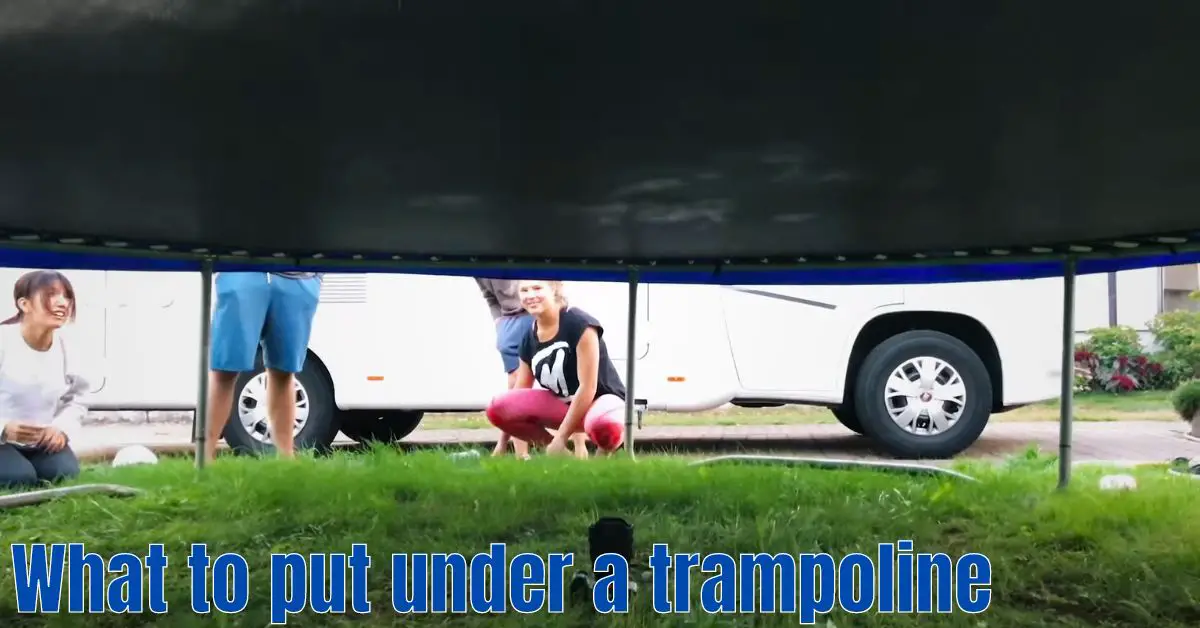Deciding what to put under a trampoline is more important than you might think! It’s not just about making it look good; it’s about keeping you and your trampoline safe.
Whether it’s a backyard trampoline or an in-ground one, there are various options to consider. In this guide, we’ll break it down for you.
First things first, we’ll talk about getting the ground ready. You want it to be flat and clear of anything that could cause problems.
Then, we’ll dive into protective mats or pads. These are like shock absorbers for your trampoline, preventing accidents and extending its life.
If you’re feeling fancy, an in-ground trampoline might be for you. We’ll explain how it’s installed and its benefits.
If you prefer a natural look, grass or turf is an option, but there’s a bit of maintenance involved.
For extra cushioning, you could go for rubber mulch or wood chips. Sand or pea gravel works great too.
If you’re on concrete, there are ways to make it safer.
Lastly, we’ll touch on some creative ideas. Let’s get started and make your trampoline safe and fun!
What To Put Under a Trampoline? For your trampoline, you could choose from a variety of materials to be placed beneath it: rubber mulch, wood chips, play sand, and artificial grass for a soft landing or decorative rocks and concrete pavers if you’re going for an aesthetic look. You can also opt to put the trampoline directly on the ground!
What To Put Under a Trampoline?

1. Grass mat for under the trampoline
If your trampoline could benefit from a lush cushion of grass beneath it but caring for real grass is more trouble than you can manage, artificial turf provides an ideal solution.
Not only will the soft mat provide just enough give to soften hard landings, but its low-maintenance nature also makes it all the more appealing!
Even if you’re not looking to save money on this purchase, at around $500 for 160 sq feet, there’s still no denying that having a luxurious synthetic lawn underfoot elevates any backyard into something special.
2. Wood chips
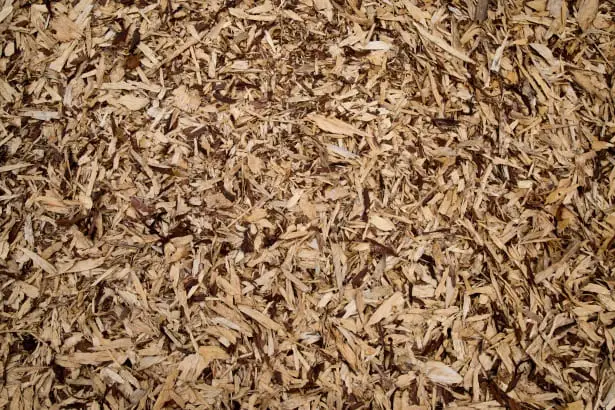
Many of us have fond memories of growing up on playgrounds with wood chips as padding, but did you know that these could still be a cost-effective alternative for your backyard?
You can get bags covering 2 cubic feet in the range from $3-$5, meaning that it’s much more wallet-friendly than rubber mulch or play sand.
Even better, if you look around online and ask around, chances are good that there may even be free options available! Wood chips might not always give super soft landings under swingsets or trampolines, but they sure save quite a bit of money compared to other alternatives.
3. Rubber mulch
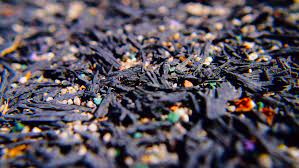
Growing up, I was not blessed with a trampoline in the backyard. But one day we went to our friend’s house and my dad decided he wanted to join me for some bouncing fun.
However, his jump turned out too high as the luck of it all had him land right on top of a two-by-four that happened to be sticking out from beneath us!
Needless to say, rubber mulch would have made quite the difference between an unexpected jab through the foot or a soft landing experience. For the ultimate playground experience, rubber mulch is an ideal choice. It’s bouncier than wood chips and won’t need to be replaced as often.
Plus, its thick coverage keeps pesky weeds away while providing a safe and soft surface underneath trampolines or football fields. So next time you take your kids out for some fun in the sun, don’t forget to check if there’s any rubber mulch installed!
Digging out 3 inches of depth, you’ll need around 156 square feet (or 43 cubic feet) to cover that 14-foot circle. Fair warning: it won’t come cheap, each cubic foot will set you back $340.
So if safety is really important and extra cushioning is preferred, be sure to extend the circular area slightly beyond what’s necessary so any unexpected fall would land right in all that comfy rubber mulch!
4. Play Sand Under Trampoline
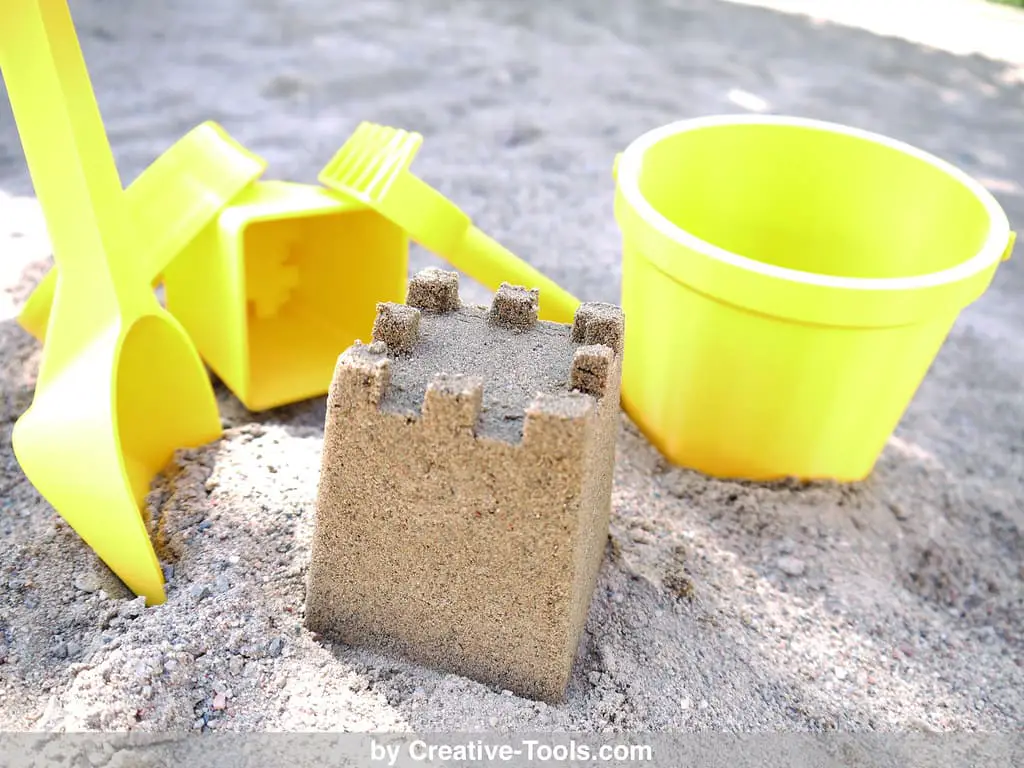
For an impact-absorbing addition to your outdoor space, play sand is a great option. It also comes with the bonus of feeling super soft beneath your feet, something that can’t be said for a regular lawn!
Plus, it costs around $5 per bag which will cover 1/2 cubic foot; so you’ll need 80 bags if you want the same coverage as rubber mulch.
5. Bury your trampoline
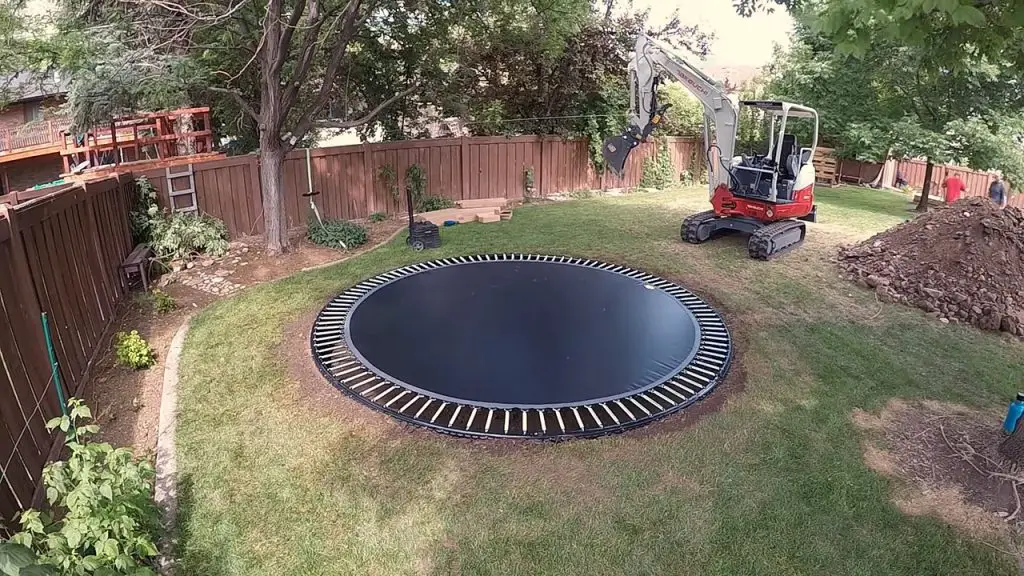
By burying your trampoline, you can enjoy peace of mind knowing that kids will stay safe from falling off. Plus, beneath the surface lies a haven for creative ingenuity, whether it be fort-building or jumping contests galore!
What’s more, with an appropriately dug hole and deeper middle area, everyone has the opportunity to get in on all kinds of fun without fear of injury due to uneven surfaces. We’ve seen it firsthand: up to seven people bouncing around simultaneously with no injuries reported!
Don’t worry about the possibility of injury when it comes to an inground trampoline. You can take simple steps like building a frame around your hole and securely attaching the trampoline, as well as always replacing any missing springs right away.
And yes, getting that pesky hole dug in all fairness is no easy task either! Nobody likes digging a hole in their backyard, but if you have an oval trampoline then it can be even more difficult than normal.
To make your life easier and avoid taking 6 months to get the job done right, why not check out Skywalker Trampolines for pre-made square or rectangle options? If that’s still too much effort, no problem! Reach out to gardeners near you who might offer auger rental services at reasonable prices.
6. Foam and rubber mat for under the trampoline
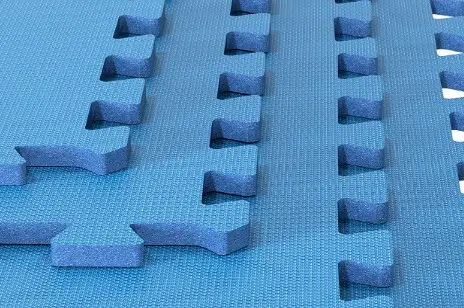
A great all-in-one option is an under trampoline mat, these offer extra shock absorbency for those unexpected falls! If that doesn’t quite meet your needs, interlocking foam mats can come in handy too; they provide excellent cushioning against any bumps or bruises.
Finally, blankets or towels are always there as another layer of protection, just make sure everything’s secured down so nothing slips away!
7. Water Resistant Tarp
Have you ever considered the fun possibilities of adding a water-resistant tarp beneath your trampoline? Not only does this protect jumpers from any weather conditions, but it also offers an extra layer of protection to extend the life and vibrancy of your mat!
With multiple sizes and colors available, finding one that suits all tastes is easy.
8. Rubber Tiles and Foam Padding
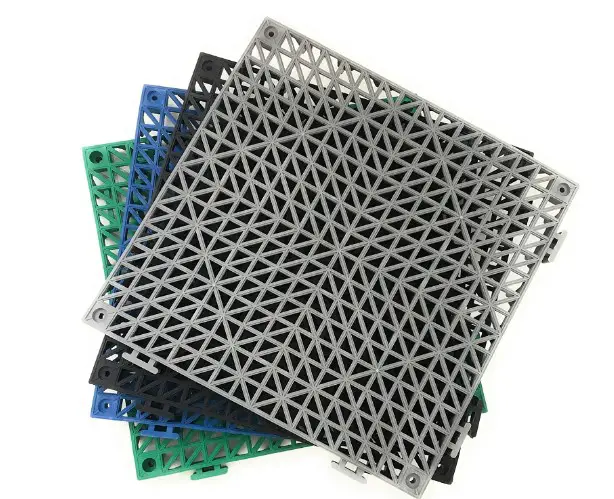
Trampoline safety shouldn’t be taken lightly – the right protective measure can make all the difference. Keep your family safe by investing in either outdoor rubber tiles or thick foam padding, both of which come in black and are easily customizable to fit any trampoline shape.
Both options guard jumpers against injuries while adding longevity to a beloved backyard toy!
Not recommended methods:
We will discuss not recommended methods:
Solid Base
Wondering if a trampoline can be put on concrete? The short answer is, yes and no. Most experts suggest not to place your trampoline directly over hard surfaces as it could cause damage due to the repetitive friction of jumping up and down, plus there’s an issue with shock absorption too!
However, all hope isn’t lost. If you use an additional layer between the solid surface base like foam or rubber matting you can securely set up in even those tricky places.
Just make sure that whatever extra layer you go for has been designed specifically for outdoor recreational activities such as using a trampoline so everything stays safe underfoot.
Gravel
If you’re looking to set up a trampoline without breaking the bank, pea gravel may be your solution. While it’s not ideal and additional measures should be taken to ensure safety (like an enclosure net!), setting up on this material can save those pesky maintenance costs while still giving you tons of fun!
So don’t worry if money is tight: with just some extra precautionary steps, that trampoline dream is within reach.
Other Creative Options
Finally, we will talk about other creative options:
Using Old Mattresses or Foam Pads
Repurposing old mattresses or foam pads is a sustainable and budget-friendly option for creating a foundation under your trampoline. It’s an eco-conscious approach that reduces waste while providing adequate cushioning and support.
However, it’s essential to ensure that the old mattresses or foam pads are in good condition, free from mold, and appropriately cleaned before use.
Regular inspection and maintenance are also necessary to prevent deterioration that could compromise safety and trampoline performance.
DIY Solutions and Creative Ideas
For those who enjoy a hands-on approach, there are various do-it-yourself (DIY) options to consider. These creative ideas can be cost-effective and offer a personalized touch to your trampoline setup.
DIY solutions may include using materials like carpet remnants, rubber mats, or other cushioning materials. While DIY projects can be rewarding, it’s crucial to assess the safety aspects of these solutions.
Ensure that the chosen materials are secure, provide adequate shock absorption, and don’t pose a tripping hazard.
Balancing Cost-Effectiveness and Safety
When deciding on what to place under your trampoline, it’s essential to find a balance between cost-effectiveness and safety. While budget considerations are important, safety should never be compromised.
Opting for cost-effective solutions, such as reusing old materials or DIY projects, can be financially advantageous, but it’s crucial to assess their impact on the trampoline’s stability and the safety of users.
Prioritize materials and solutions that offer both affordability and the necessary shock absorption to protect those bouncing on the trampoline. Ultimately, the chosen under-trampoline option should provide a safe and enjoyable experience while being mindful of your budget.
FAQs:
Q:1 What is the best base for a trampoline?
The best base for a trampoline is one that has good shock absorption and is designed specifically for outdoor recreational activities. Foam mats and rubber tiles are great choices, and a water-resistant tarp can also add an extra layer of protection.
Q:2 Should I put something under a trampoline?
Yes, you should always put something under a trampoline. Mats, foam mats, rubber tiles, blankets, or towels are all great options for protecting jumpers from injuries, as well as adding longevity to your trampoline.
Additionally, a tarp can also provide an extra layer of protection from any weather conditions. Finally, if setting up on a solid surface like concrete, make sure to use an additional layer of foam or rubber matting to ensure safety.
Q:3 Can I put a trampoline on gravel?
Yes, you can put a trampoline on gravel, however, additional measures should be taken to ensure safety. For example, an enclosure net can help keep jumpers safe and secure, and it’s always a good idea to check the pea gravel for any rocks or debris before use.
Ultimately, with some extra precautionary steps, setting up a trampoline on gravel can save those pesky maintenance costs while still providing tons of fun.
Conclusion:
When looking for a cushiony and aesthetically pleasing area underneath your trampoline, you have several options to choose from. Rubber mulch, play sand, artificial grass, and wood chips all offer similar costs but vary in softness level, with the latter being cheaper but less comfortable on the feet.
If price isn’t an issue then it’s truly up to personal preference as taking away any existing grass will leave little maintenance requirements yet not create much aesthetic improvement either!
We ope you will be well aware of What To Put Under a Trampoline, after reading this comprehensive article. If you have any questions, feel free to comment below!

